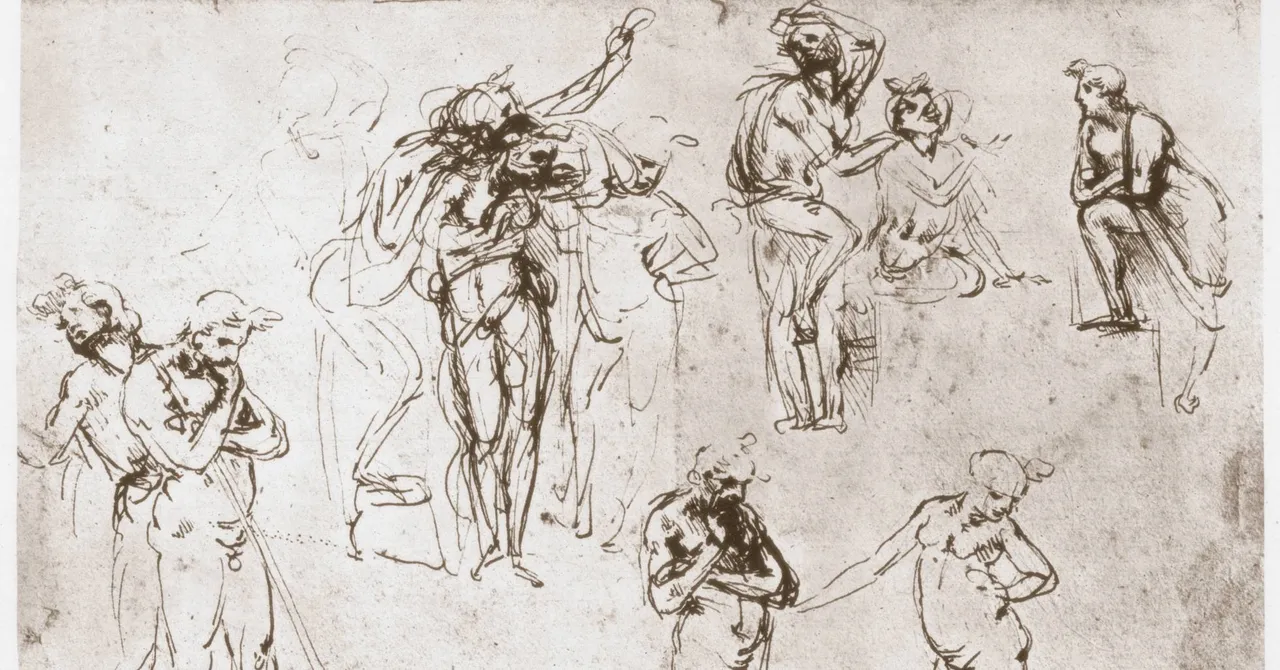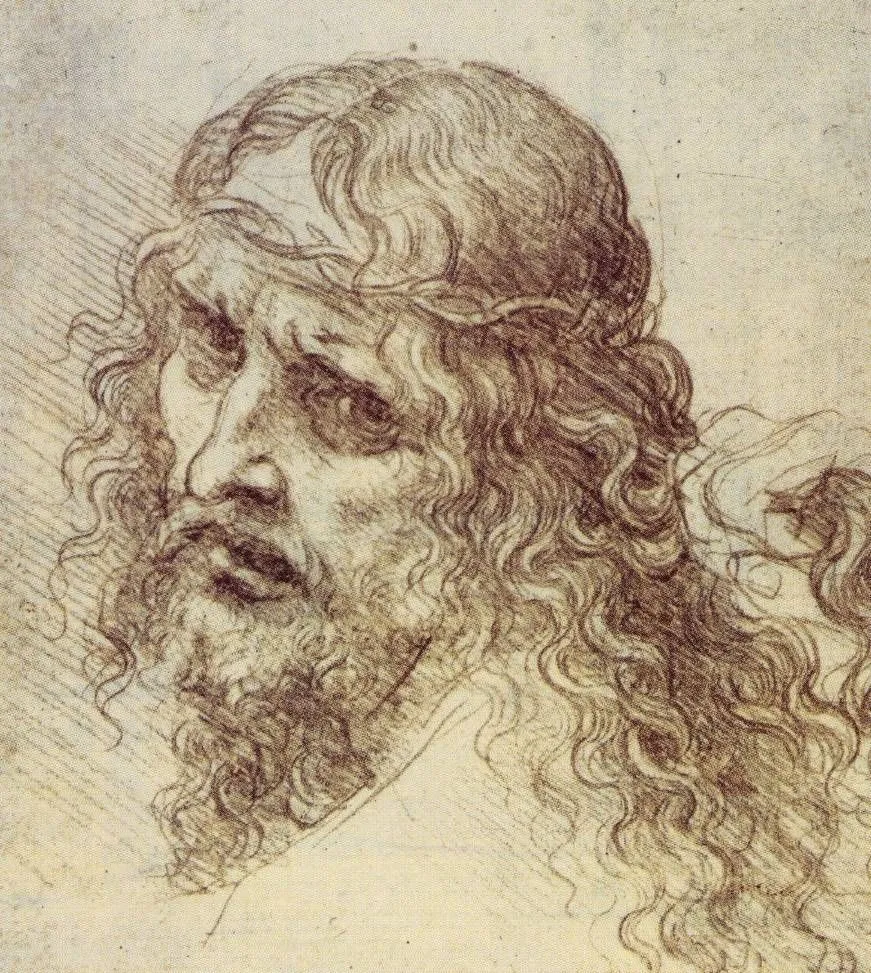Scribbling is a natural thing for children. Returning to that simple act as adults opens an excellent path for meditation.

As modern people of industrialized and highly technological societies, there is no doubt that our mind is exposed to hyperactivity: it jumps from one thing to another, constantly stimulated (even overstimulated) by a torrential rain formed by the media, social networks, television, Internet, traffic, agglomerations, work and active social and family lives.
The truth is that for most, unless we make an extra effort, there are very few moments of silence, tranquility or peace in the day to day. It is more difficult than ever to find a space in which to calm and quiet the mind, to be without; and, nevertheless, we may have more need to achieve it than at any previous time in history.
Mihály Csíkszentmihályi, a Hungarian psychology professor known for his work on creativity and happiness, first proposed the idea of flowing (which is sometimes called a zone) more than 20 years ago, and has spent a lot of time researching and writing about it . But Csíkszentmihályi's concept of being one (being completely absorbed in an activity) is something that artists and those who practice meditation have known for many hundreds and even thousands of years. And the full attention in the drawing has been the meditative activity that personally allows me to access this state in the easiest way. When I am in that flow I do not already inhabit my mind that thinks; In fact, I largely lose my sense of self. I discover myself, instead, opening myself to the simplicity of just being, of just drawing.
What happens when we draw? And how and why does the simple act of drawing so much impact on us? For a long time I did not get answers, nor did I look for them specially. I was satisfied just being creative and enjoying leaving traces on paper; but in the twenties, after several years drawing, and even after working a short period of time as an illustrator, I discovered meditation and mindfulness, and little by little what had been a mystery was clarified.
What I discovered was that the practice of mindfulness meditation evoked in me the same answers to draw. The mental state I entered during the meditation did not differ in anything, from a qualitative point of view, from the state I was in when I was absorbed in the drawin
The practice of mindfulness and meditation, like many other meditative traditions, provides meditators with a point of focus where they can concentrate their mind. In the practice of mindfulness this center is usually constituted by bodily sensations and the movement of breathing that flows in and out. In other meditative traditions they may use a mantra, the flame of a candle or an image. What all these points of attention do is give our busy thinking mind something to settle on, a space to inhabit, something to return to when the flow of thoughts, memories, fantasies, future or past issues, emotions, attractions, aversions or desires threaten to take us away from the here and now.
Being creative and drawing is something that is natural for everyone. Without conditioning or instructions, as soon as we are able to hold a wax, we begin to explore drawing lines, we want to express ourselves and enjoy the act of drawing. There is no need to think about it. The problem appears when the thinking mind intervenes.
In Zen Buddhism there is a term, shoshin, which translates as "beginner's mind". When we practice this beginner's mind we always live the experience as if it were the first time. When we draw with a beginner's mind we can allow the drawing process to be our friend, our guide, our playmate. When we draw with a beginner's mind we do not have the expectation of being competent, of being a Michelangelo or a Leonardo da Vinci; we are only beginners; we are just drawing. The beginner's mind allows us to focus on the process of drawing and stop worrying about the final result. When I say "result" I mean something finished. I refer to those drawings that are supposed to compare favorably with others that we have made, or that anyone in the room has done, or even that anyone in the world has ever done. The result: who needs it? How much unnecessary pressure and absolutely lack of joy.
Thoughts are just habits. Habitual thoughts create neural pathways in the brain. The thoughts we think are often like great highways. If you have a strong inner critic, the thoughts associated with it travel those paths of your brain at full speed, as if they were four-lane highways. But, thanks to something scientists call neuroplasticity, we can literally change our minds.

If our practice extends over time, mindfulness will allow us to interrupt the usual flow of negative thoughts in such a way that we gradually abandon these mental highways until, due to little use, they degrade, become country paths full of undergrowth of a single lane and finally, hopefully, in the countryside. And while all this is happening, while we allow these critical thoughts to dissolve into nothingness, we continue to draw, we will be developing new skills, allowing ourselves to discover that actually drawing is fine, and that it is okay to have full attention and connect from this way. We will change